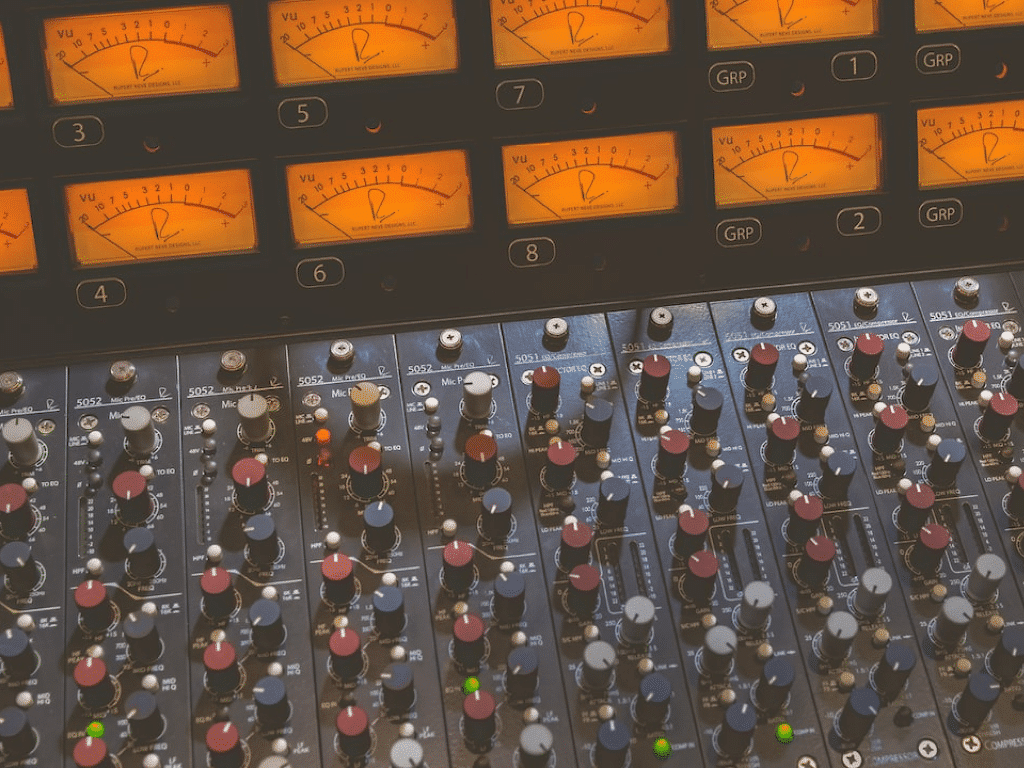The film industry maintains strict audio standards. These standards ensure quality from production to post-production. Audio quality demands are increasing across different production types.
Several key standards guide the industry. The UER R128 is widely adopted. The UER R99 and CALM standards offer additional guidance. Each standard helps ensure audio quality meets requirements.
These standards also help with legal compliance. Each one has unique advantages and limitations. Understanding their differences is crucial. This knowledge helps create high-quality sound in film production.
1. UER R128: A standard for controlling sound volume in Europe
When it comes to film standards, the UER’s R128 stands out in Europe. It controls sound volume for dubbing in film and television. Created by the European Broadcasting Union in 2010, it provides sound intensity guidelines. This ensures consistent sound levels across all platforms. Whether in cinemas, streaming, or TV, viewers get clear and uniform sound. Sound technicians can easily calibrate audio levels thanks to R128. This guarantees the same experience for all viewers.
2. EBU R99: A standard for measuring sound level
R99, the second European standard from UER, measures film sound levels in cinemas.
It ensures consistent sound in every cinema hall, even if films are dubbed or remixed.
Limits on audio levels prevent exceeding a maximum intensity of 105 dB.
The European Broadcasting Union developed the standard to maintain global sound quality.
3. CALM: A broadcasting regulation based in the United States
Other common film standards include the European UER R128 and UER R99.
UER R128 is widely adopted. It sets an international standard for audio levels in cinema, TV, and radio.
It is used for film dubbing in Europe.
UER R99 is less used in cinema and TV. It includes requirements for audio compression and dynamic range.
The CALM standard is an American regulation. It limits the loudness of TV commercials and other programs.
4. The importance of these standards for audio and video production
The European standard, EBU R128, is an essential component of audio and video production. EBU R128 provides the necessary technical conditions for cinema, films and dubbing. It ensures that audio levels are consistent and of high quality, through the use of sound intensity, dynamic range, and audio range normalization. This standard also ensures that sound is audible and that sound levels are balanced and comfortable. The importance of these standards lies in the fact that they help to ensure that audio and video production is of the highest possible quality. UER’s R99 and CALM standards are also critical pieces of this puzzle, as they contribute to making sure that audio and video production is safe and comfortable for viewers.
5. Why sound engineers should know them
As a sound engineer, it is important to be familiar with audio standards other than those used in the studio. In the film industry, there are several other standards that you must be familiar with, such as UER R128, UER R99 and CALM. These European standards are widely used in the film industry and are essential to ensure that films are properly dubbed and that audio levels are correct in the final production. The knowledge of these other standards helps sound engineers understand the audio requirements in films and can help them make more accurate mixing decisions.
6. Understand the main differences between the standards
If you work in the film industry, you know that there are a variety of standards to be respected when it comes to audio. While the European R128 standard is the most commonly used audio standard, there are other film standards that deserve closer examination, such as the R99 and the UER’s CALM. It is essential to understand the main differences between these standards to ensure that your audio is up to par when it comes to dubbing films. The R128 focuses on the normalization of sound intensity, while both R99 and CALM aim to maintain uniform audio levels across a variety of media. That being said, these three standards are essential to ensuring that film audio is of the highest quality.
7. How to implement these standards
Cinematographic standards have established the European standard R128 for properly calibrating loud sound. It covers both dubbing and cinema sound, and is largely centered around the Loudness Range (LRA) and Integrated Loudness (I) parameters. To implement these standards, it is important to have the proper equipment, such as a loudness meter and specialized audio software. Additionally, it is essential to understand the different ranges of sound intensity (e.g. short-term, momentary, integrated, etc.) and use them correctly. Finally, it is important to monitor the audio during mixing and ensure it adheres to R128 guidelines.
8. Advantages of using standards in audio and video production
The European standard R128 is on its way to becoming the reference standard for audio and video production in cinema, television, and dubbing. This standard describes a set of specifications for audio and video production, and its use presents several distinct advantages. For example, the R128 standard allows for higher audio levels with much less distortion. It also allows for consistent sound and image quality, which means that viewers can enjoy excellent sound and image quality no matter where they are watching. Furthermore, R128 prevents excessive compression of the dynamic range of audio and video, resulting in a better overall visual experience. Finally, the use of R128 helps to comply with international standards and regulations for audio and video production.
In conclusion, while the UER R128, UER R99, and CALM standards are all important for producing a quality film, each has its own objective and implications. The UER R128 standard is the current standard for sound and sound intensity levels, the UER R99 standard is designed to provide guidance to content producers regarding sound intensity levels, and the CALM standard is the standard for commercial advertisements. Ultimately, it is essential to understand the nuances of each standard and how to implement them correctly to produce the best film possible.

